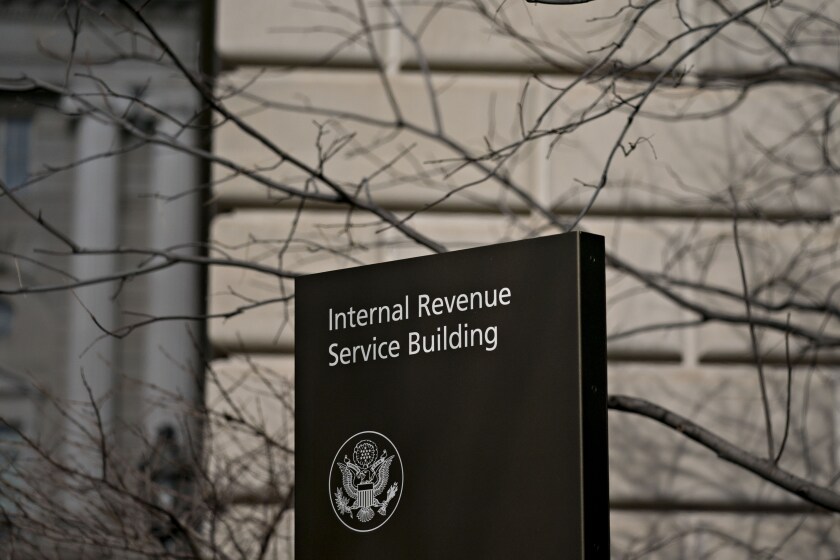M&T Bank in Buffalo, N.Y., is still on guard for signs of trouble within its commercial real estate portfolio despite what it says are positive developments in other parts of its loan book.
While about 80% of commercial borrowers who requested forbearance this spring have returned to their normal payment schedules, CRE borrowers in particular are just now coming to the end of their initial waivers. Some may be able to resume payments; others may ask for more help.
Which means the fourth quarter will be pivotal, Chief Financial Officer Darren King said Thursday.

“[Hotel and retail] are ones where there has been a significant amount of forbearance … and for the most part those portfolios received 180 days of [initial] forbearance,” King told investors during the company’s third quarter earnings call. “So they will start to show themselves over the next 90 days.”
With any luck, M&T’s CRE portfolio will mirror the performance of other commercial lending segments that, at least at M&T, have emerged relatively unscathed from the economic downturn caused by the coronavirus pandemic. According to King, commercial and industrial loans in COVID-19-related forbearance — including loans to car dealerships — dropped by 85% to slightly more than $800 million, or 3% of the portfolio, as of Sept. 30. Most of those borrowers received 90 days of initial forbearance.
At the same time, deferrals in the bank’s CRE portfolio declined by 41% to $5.1 billion. By the end of the quarter, two-thirds of the commercial loans still in active forbearance were related to areas most affected by the pandemic, primarily hotels and retail, King said.
Nonaccrual loans rose to $1.2 billion for the quarter, an increase of $83 million compared from the second quarter. As of Sept. 30, they represented 1.26% of all loans, the bank said.
The hotel business “continues to be a challenge,” especially those located in larger cities that rely on conferences or food and beverage to generate revenue, King said. Other locations that are easily accessible by car are faring somewhat better, though revenue has not returned to pre-COVID levels.
Meanwhile, the pandemic has “accelerated” challenges in the retail industry, which was already struggling with pricing and rents, King said.
Employee Benefit News' March/April issue explores how workplaces are navigating pandemic challenges and making plans to return to the office.
The Internal Revenue Service released information on how employees now have until the end of the year to repay any payroll taxes they deferred from last year.
CPA firms will be in a great position to help their small business clients with the latest round of the Paycheck Protection Program, according to Barry Melancon.
The “ultimate collectability” of CRE loans in forbearance, combined with the pandemic’s effect on the hospitality and retail sectors and the uncertainty around a second round of government stimulus, contributed to the bank’s decision to increase its allowance for credit losses, the bank said. At the end of the quarter, the allowance totaled $1.76 billion or 1.79% of loans outstanding.
At the end of the second quarter, the allowance was $1.64 billion or 1.68% of loans outstanding.
M&T reported net income of $372.1 million for the quarter, down 22% from the year-ago period. Earnings per share were $2.75, exceeding the mean estimate of $2.61 compiled by FactSet Research Systems.
Despite the uncertainty in the economic environment, the bank is optimistic about the portfolio. Commercial real estate borrowers, who tend to be multigenerational owners, are adjusting operations to the new landscape and have “outside resources and liquidity to help carry the properties” until circumstances return to normal, King said.
“We are pleased by the reaction we have seen from the customer so far and their ability to manage their expenses down to try and keep their cash flow at least as close to break-even as possible,” he said.






